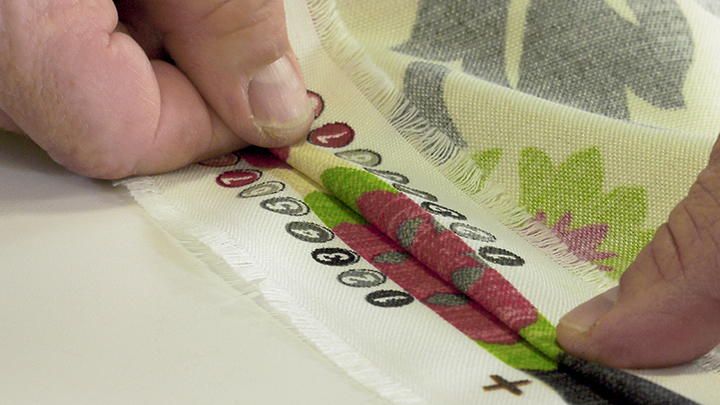Home Decor Fabric guide
4 min read
Adding color, texture and interest to your bedroom is not limited to bedding and upholstery when you know how to decorate with fabric panels. Panels of tactile, colorful fabric can be installed on padded foam boards, cut parts of foam, plywood, attached in frames or hung from the ceiling. Use fabric panels to provide your bedroom a chic, developer look that can be personalized to suit any decorating style. Fabric panels are a good choice for rental properties when fresh paint or wallpaper is not an option.
Getting a Cloth
Choose fabrics that enhance your decorating style and enhance the room’s atmosphere. An old, distressed windowpane frame filled up with vintage duvet panels adds character and charm to a new or shabby chic bedroom. Hemp, jute, bamboo or grasscloth fabric panels work well in an earth-friendly or nature themed room. Shiny, metallic fabric panels in hues of rare metal, bronze and copper collide with accents in an ultra-modern bedroom. Silk and silk can offer a feeling of luxury in an elegant, conventional room. Add dramatic flair in a Victorian-style bedroom with plush purple velvet and feminine lace solar panels. Look for complementary patterns and motifs. Eclectic or ethnic-themed rooms can be enhanced with colorful Moroccan fabric, Indian saris or ikat fabrics. Gather fabric pieces from stores or websites that sell fabric and tack them to your walls. Observe the fabric in various lighting and pick the textures, patterns and colors that look the best with your existing decor.
Cloth Panel Boards and Casings
Block Fabric Panels boards are simple and economical and can be put to a range of uses from wall structure art to message panels to head boards. It’s a matter of finding a lightweight base to wrap an item of fabric around and hanging it on the wall. Fabric should be one to two inches larger than the board on all sides, Staples, stuff or strong tape guard the fabric to the back of the board. The method you use to hang the panel on the wall depends on its use and weight. A lightweight, purely decorative part can be mounted with double-sided removable wall recording, while huge, padded -panel mounted on wood for use as a headboard might require a France cleat with mount linked to wall studs. Material may also be wrapped in regards to solid wood frame, similar to painting art, or it can be located inside a frame, such as a vintage window sash or brass art frame.
Material Inserts
Fabric can be applied directly to the wall for a look similar to wallpaper. Recessed panels and architectural molding offer a pre-installed frame for decorative material panels. An acrylic-backed fabric works best if using clear, premixed vinyl wallcovering paste. However, if youre using unbacked fabric or you desire to be able to easily remove the cloth without damaging the wall structure, use a fabric starch to stick the fabric to the wall. The starch can be used on the walls with a paint painting tool or sponge. After the fabric has been applied and the starch has dried, excess fabric can be trimmed with a utility knife. The fabric may easily be removed later by soaking it with water and gently damaged it off the walls. This is a good option for those who rent or may want to replace the look of the room often.
Hanging Fabric Solar panels
You are able to hang Fabric by the yard solar panels from the ceiling to divide the room or cover a storage area such as a closet. Using sheer panels between separate areas helps you divide the area while keeping an open, spacious sensation. Hanging panels offer a feeling of depth. Fabric can be installed from wall to wall to create a luxurious accent wall behind your bed. Fabric installed on the threshold can create a tent-like effect or be used to diffuse light. Threshold mount curtain rods and ceiling mounted rails are the type of hardware you will need to hang fabric panels. There is also curtain wire kits or use hook-and-loop tape to secure fabric to walls or ceilings.
Design Ideas
Produce a grouping of fabric panel boards using boards of different sizes. Hang the boards both vertically and horizontally and use different shapes such as rectangles and squares. Decide on a unifying theme for the fabric such as monochromatic colors, black-and-white patterns, similar patterns in various sizes or a design theme such as dragonflies, Paisleys or stripes. A big fabric panel board positioned behind the head of your bed can serve as a headboard. Make use of a drape rod to hang a lengthy piece of fabric on a narrow wall for a dramatic accent. Ornament large fabric panels from the ceiling, over the head of the bed, drawn back and then down the wall behind the bed. Loose swags of cloth hanging from the threshold in a wavelike routine filters the overhead light and softens the room.







